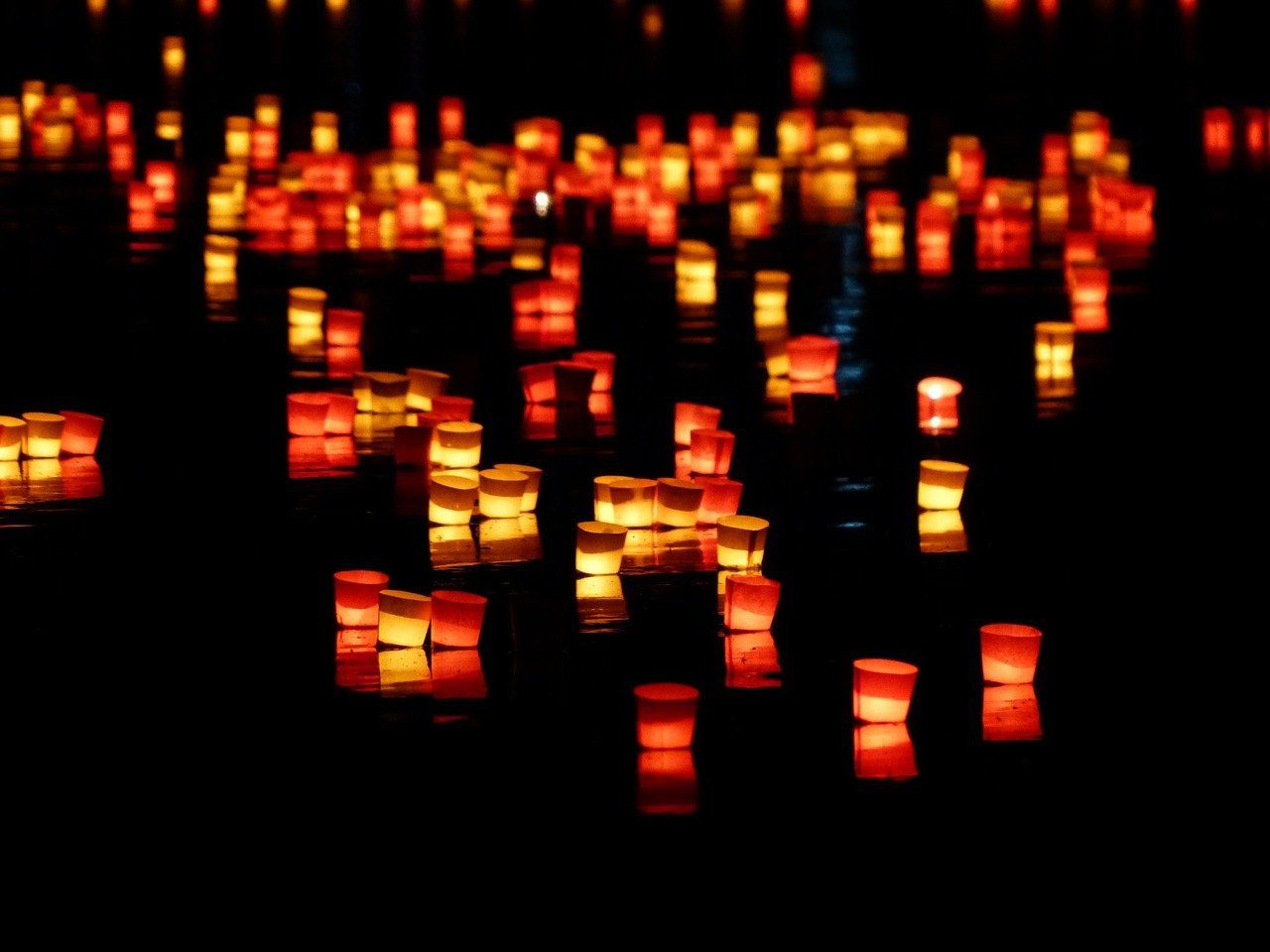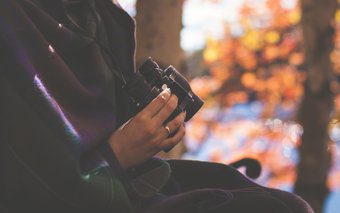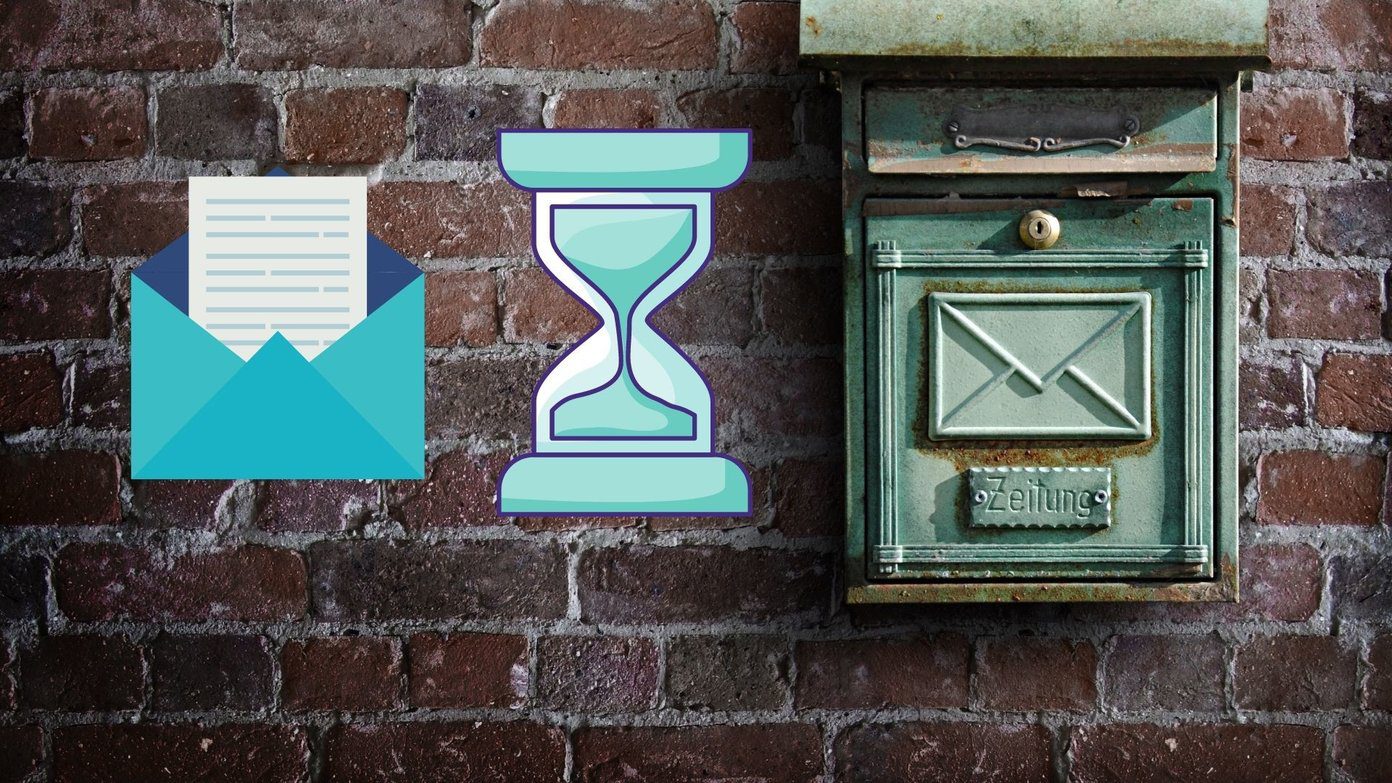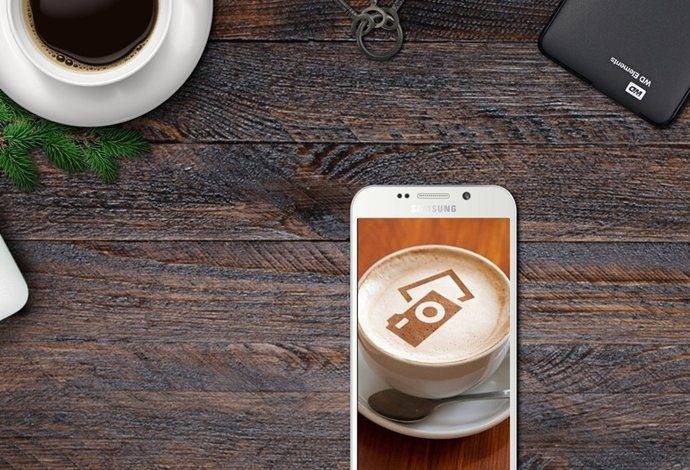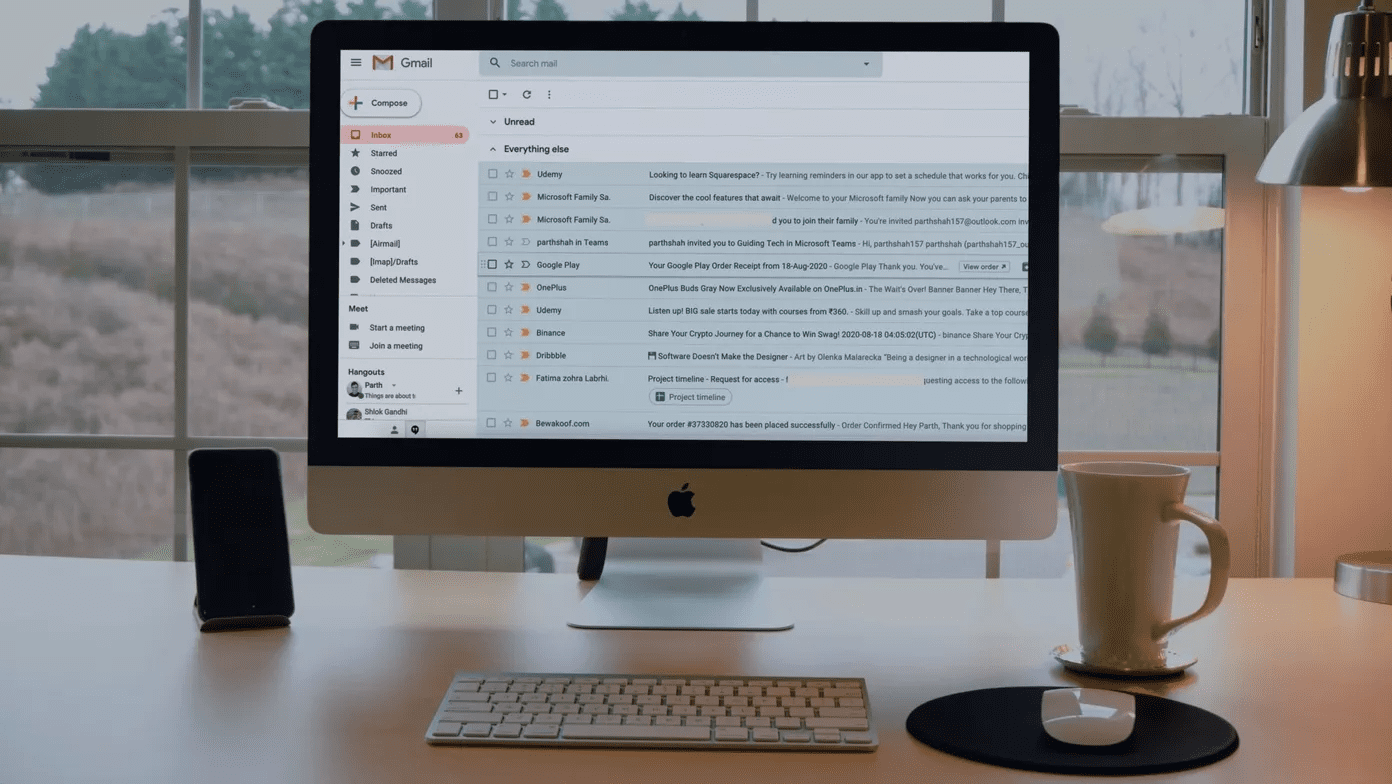Why is Skitch so Cool?
Doing screenshots on a Mac is simple with a few special keyboard shortcuts. Skitch also has those keyboard shortcuts. That’s nothing new. After you do a screenshot in Skitch, it lets you annotate and modify the screenshot. Then Skitch makes all those images easy to find. Finally, it lets you share them. All these functions make Skitch invaluable, but you can still do all this stuff from the menu bar with a few special programs.
Sharpshooter: Control Screenshot Saving Options
By default, Apple saves your screenshots on the desktop with a generic name. An easy terminal command lets you change the default location. Sharpshooter’s preferences let you change the default name, location and type of screenshot captured. The cool feature is Present it in Sharpshooter. That lets you change the defaults each time you do a screenshot. The ability to Move to Trash reduces the clutter from unused screenshots. Since Skitch saves the screenshots within the program, that makes it harder to control the name and type.
Monosnap (Free): Edit and Annotate Screenshots
Monosnap is the closest thing I found to replicating Skitch’s editing and annotation functions. Like Skitch, Monosnap lets you create a screenshot from the menu bar. Along with timed and full-screen captures, Monosnap also lets you capture video. Unlike Skitch, Monosnap lets you open existing pictures without importing them. You don’t need to export them after modifying them, just click Save. If you want to share them publically, click the link icon and it copies a public URL to the clipboard.
Screenie ($9.99): Organize and Find Your Screenshots
Once you get a good collection of screenshots, finding a specific shot can be a pain. Skitch gives you an awesome browser to find everything it stored. Finder’s Cover Flow and Spotlight help, but you have to switch out of your current program to use it. The Screenie menu bar option lets you stay in your current program. Screenie sits on the menu bar and shows you previews of all the screenshots in a folder. What I like about Screenie is it lets you include other folders as well. That’s a feature that Skitch doesn’t offer. Like Sharpshooter, Screenie lets you change the default location and filetype of your screenshots. Most of the time you’re taking a screenshot so you can use it in another program. Screenie, after a special keyboard shortcut, copies your last screenshot to the clipboard. All you need to do is paste from there. If you need to insert another screenshot, the Screenie browser lets you drag and drop directly from it. That’s a feature Skitch doesn’t offer.
Upspace ($3.99): Share Your Screenshots
Skitch lets you create a public link, through Evernote, to anything it stores. Those public links avoid the need to email the same file to multiple people. Once you share a picture from Skitch, it copies the link to your clipboard. You can’t do the sharing from the Skitch menu bar icon, you’ll need to go into the program for sharing. Upspace does the sharing through the Dropbox Apps folder. Once you drag a screenshot (or any picture) to the Upspace icon in your menu bar, it creates a URL and copies it to the clipboard. The URLs in Skitch are long and complex. The last time I created a public URL in Sketch it was over 50 characters. The Upspace URL is 15 characters. From the menu bar, Upspace gives you a preview of the picture and a count of how many times it was viewed. When you want to delete the picture, right click on it from the Upspace icon. If you want to send the link through email, Messages, or Facebook, the share icon lets you do that. Skitch lets you share the picture with one step to other programs. The public URL function only lets you copy. That’s another plus for Upspace.
Combine Them All and Ditch Skitch?
Skitch is free, so if cost is your primary consideration, stick with Skitch. All four of these programs work together to give you options that Skitch doesn’t include. Since most are free or low cost, you might as well have them all. ALSO SEE: 3 Amazing Photos for Mac Tips That You’ll Wish You Had Known Before The above article may contain affiliate links which help support Guiding Tech. However, it does not affect our editorial integrity. The content remains unbiased and authentic.









